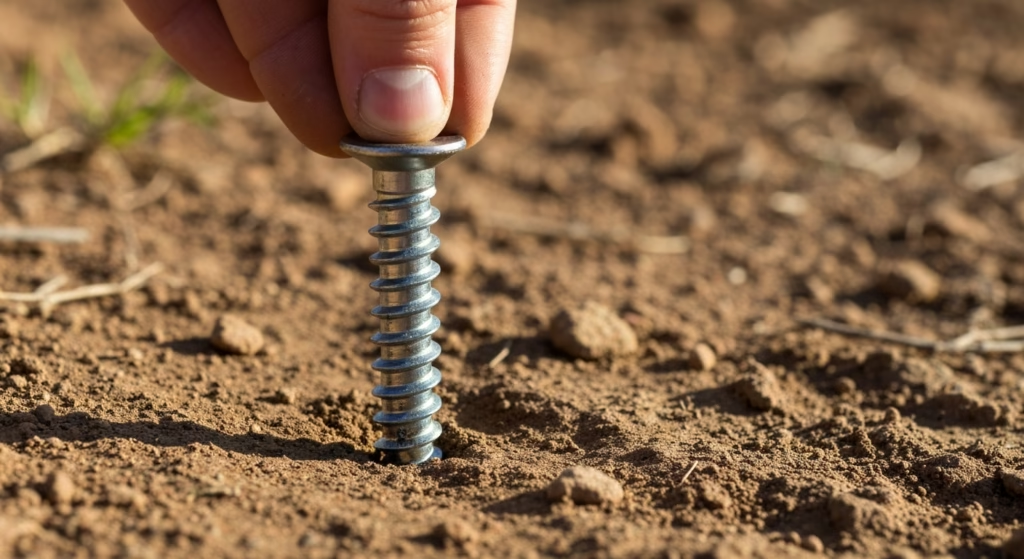The mash tun is one of the most critical pieces of equipment in the brewing process, playing a key role in determining both the flavor profile and brewing efficiency of beer. This vessel is where starches from malted grains are converted into fermentable sugars, a process that directly impacts the beer’s body, sweetness, and overall character.Micet Craft Brewing Equipment Manufacturers
In this article, we’ll explore:
- The science behind mashing and how the mash tun influences it
- Key design factors that affect flavor and efficiency
- Best practices for optimizing mash tun performance
- Common problems and solutions in mash tun operation
1. The Science of Mashing: How the Mash Tun Works
What Happens in the Mash Tun?
During mashing, crushed grains are mixed with hot water (typically 145–158°F / 63–70°C) to activate enzymes that break down starches into sugars. The two primary enzymes involved are:
- Alpha-amylase (works best at 154–162°F / 68–72°C) – Produces longer-chain sugars for body.
- Beta-amylase (works best at 131–150°F / 55–65°C) – Produces more fermentable sugars for dryness.
The mash tun’s temperature control determines which enzymes dominate, directly affecting:
✔ Final beer sweetness vs. dryness
✔ Alcohol content (more fermentable sugars = higher ABV)
✔ Mouthfeel and body
2. How Mash Tun Design Affects Beer Flavor
A. Temperature Stability & Control
- Insulated vs. Uninsulated Tuns
- Poor heat retention → inconsistent enzyme activity → unbalanced flavors.
- Well-insulated tuns maintain steady temps for better sugar conversion.
- Heating Methods
- Direct-fire mash tuns (risk scorching) vs. steam/electrically heated (precise control).
B. Grain-to-Water Ratio (Liquor-to-Grist Ratio)
- Thick mashes (1:1–1.5:1 water-to-grain ratio) → More malty, full-bodied beers.
- Thin mashes (2:1–3:1 ratio) → Higher efficiency but lighter body.
C. False Bottom & Lautering Efficiency
- A perforated false bottom or screen filters wort while keeping grain out.
- Poor design → stuck sparges, low efficiency, and tannin extraction (causing astringency).
D. Mash Mixing (Stirring or Recirculation)
- Manual stirring vs. automated rakes/paddles – Ensures even heat distribution.
- Recirculation (HERMS/RIMS systems) – Improves clarity and efficiency.
3. Impact on Brewing Efficiency
Mash efficiency refers to how well the mash tun extracts sugars from grains. Higher efficiency means more fermentable wort from less grain, reducing costs.
Factors That Improve Efficiency
✔ Proper grain crush (not too fine, not too coarse)
✔ Consistent mash temperature (prevents enzyme denaturation)
✔ Effective sparging (rinsing grains thoroughly without over-extracting tannins)
✔ Recirculation systems (clearer wort = better extraction)
Common Efficiency Problems
- Stuck sparge → Caused by too-fine grain crush or poor false bottom design.
- Low conversion → Due to incorrect pH (ideal: 5.2–5.6) or unstable temps.
- Tannin extraction → Over-sparging or too-hot sparge water (>170°F / 77°C).
4. Best Practices for Optimizing Mash Tun Performance
A. Temperature Management
- Preheat the mash tun to avoid heat loss.
- Use a digital thermometer for accuracy.
- Consider a HERMS (Heat Exchange Recirculating Mash System) for precision.
B. Grain Bed Management
- Avoid over-crushing grains (can cause stuck sparges).
- Use rice hulls (for wheat/rye-heavy mashes) to improve flow.
- Vorlauf (recirculate) until wort runs clear before lautering.
C. Sparging Techniques
- Batch sparging (simpler, less efficient) vs. fly sparging (more efficient, labor-intensive).
- Keep sparge water at 168–170°F (76–77°C) to prevent tannin extraction.
5. Advanced Mash Tun Technologies
A. RIMS (Recirculating Infusion Mash System)
- Circulates wort through a heated pipe for precise temp control.
- Reduces hot/cold spots in the mash.
B. HERMS (Heat Exchange Recirculating Mash System)
- Uses a heat exchanger (often in the HLT) for gentle, consistent heating.
- Popular in larger craft breweries.
C. Automated Mash Tuns with PLC Control
- Programmable Logic Controllers (PLCs) automate temperature adjustments.
- Ensures repeatability in commercial brewing.
6. Common Mash Tun Problems & Fixes
Problem Cause Solution Stuck Sparge Too-fine crush, poor grain bed Use rice hulls, coarser crush Low Efficiency Incorrect pH, poor temp control Adjust water chemistry, monitor temps Tannin Extraction Over-sparging, too-hot water Lower sparge temp, shorten sparge time Inconsistent Mash Uneven heating, no recirculation Stir well, use HERMS/RIMS
Conclusion
The mash tun is far more than just a vessel for mixing grain and water—it’s where the foundation of beer flavor and fermentability is established. By optimizing temperature control, grain bed management, and lautering techniques, brewers can significantly improve both flavor and efficiency.
Whether you’re a homebrewer or a commercial craft brewery, understanding your mash tun’s impact will help you produce better, more consistent beer.
FAQs
1. Can I mash without a dedicated mash tun?
Yes, some brewers use brew-in-a-bag (BIAB) or cooler mash tuns, but dedicated stainless steel mash tuns offer better control.
2. How does mash thickness affect beer flavor?
- Thicker mashes → More dextrins (body, sweetness).
- Thinner mashes → Higher fermentability (drier beer).
3. What’s the ideal mash duration?
Most conversions happen in 60 minutes, but some styles (e.g., step mashes) may take longer.
Would you like recommendations for mash tun brands or setups? ?VIST:https://www.micetgroup.com/




